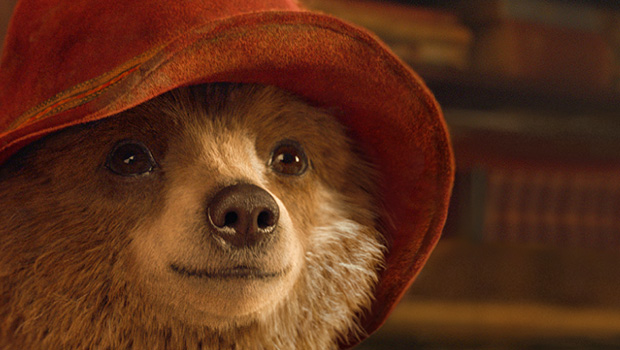PRESS AND NEWS CENTER
Peter Doyle talks about colour grading for Paddington
Technicolor's Supervising Visual Colorist gives an insight into how colour grading brought Paddington to life.
How did you approach the colour grading process for Paddington?
We knew that Paddington would appeal to both children and mature audiences so this raised some interesting questions about how we would appeal to both. We wanted the audience to react to the film in a similar way, regardless of their age, so we took our time to choreograph the colour arch and the visual cues we would use so they were just right. Technically, this involved building a look-up table that used the full colour and full brightness of the digital cinema print. We built a world of colour so to speak, using Technicolor colour science, within which we could colour grade.
Paul King and the art direction team chose the colours and built the sets that we see in the film, our job was to take the cinematographer, Eric Wilson’s colours and give them a hyper-real effect. For example, London could have been depicted in a documentary style way, shown as if it was the present day, but instead we wanted London to be represented in a timeless, more romantic way and the hyper-effect does this perfectly. Given that the art direction was about colour blocking and creating a hyper-real world, we aimed to make the colour grading create a very warm, bright and inviting image without it becoming saccharine.
Are there any scenes that you feel really captures this hyper-real feeling?
The idea of ‘home’ really became a concept to inspire the creative team - Paddington is searching for his home in the script and we see him in the context of his London home throughout the film. I think that the scenes where Paddington is in the kitchen and bathroom really capture the hyper-real feeling we wanted to create in the colour grading process.
Adapting books to film always poses challenges – what role do you think colourists have in bringing stories to life?
Adapting well known books to film can be challenging but it’s also an interesting one as colourists have to analyse what kind of look the DoP really wants to achieve, and what they can do within the confines of the on-set lighting. The colourist’s manta is really to work hand-in-hand with the DoP - like we have done with Erik Wilson for Paddington. If we’re involved from the beginning it can be really good fun because we can build a colour pipeline which can deliver on the initial desires of creative team. Working on a project from the offset also means that we work very closely with the whole design team and are able to consider all the details - even costume design. This type of team work really produces the best effects and the results can be visually stunning.